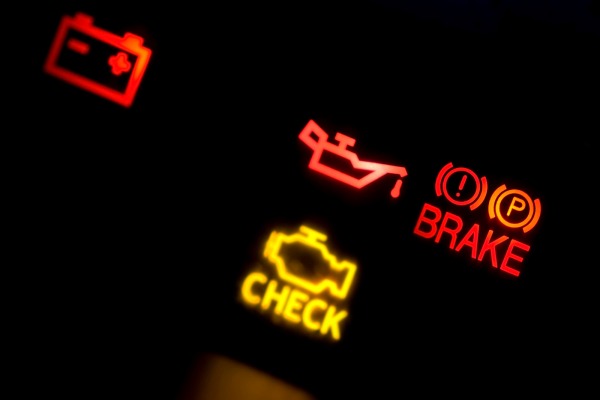Anyone that has driven a car with an internal computer has experienced a “check engine” light, also known as the malfunction indicator light (MIL). When the computer of the vehicle detects a diagnostic trouble code (DTC), it triggers the MIL to alert the driver of an internal problem. The problem may be easily diagnosed or it may require in-depth investigation. There are hundreds of DTCs that can trigger the MIL. Transmission, emission, ABS and any sensor on the vehicle that transmits data to the computer can cause the MIL to turn on.
On-board diagnostics (OBD) were designed to integrate computers into engines in order to communicate and aid in diagnosing mechanical and technical repairs. However, the first OBD systems were non-standardized, and every car seemed to require different attachments and computer equipment to ascertain the trouble codes. Some required no equipment and could be decoded by counting blinking dash lights, but the codes were general and diagnoses didn’t seem to be any easier with the computerized system. On a vehicle made prior to the implementation of OBD II in 1996, the easiest and cheapest way to reset a check engine light was to unhook for the battery of the vehicle to erase the trouble code.
OBD II standardized computer equipment to diagnose trouble codes. Every car now has the exact same diagnostic link connector to hook a scan tool or code reader up to in order to read the trouble code and erase the code.
As technology advances, more and more electrical and computerized gadgetry is added to cars. Unplugging the battery is no longer the beast option and often not advised by the manufactures. Cars nowadays learn how you drive them and store this data, and cars with alarm systems and theft-deterrent radios can all be affected by unplugging the battery.
Since the cars made in 1996 and later all take the same computer equipment to read and erase codes, the best way to reset a check engine light is with a scan tool or code reader. Most parts stores sell them, and will even offer to read and erase the code for you.
Understand that the MIL is there for a reason. Resetting the light without diagnosing the problem is counterproductive. Some “soft” code reading, like a small emissions leak, could be caused by a loose gas cap. Once tightened and the MIL reset, the problem will be solved. After a few cycles, the computer will register that the problem was solved and shut the light off on its own. But “hard” codes will not reset, but you can also damage other components by trying to ignore the problem and continue to operate the vehicle.
Because computers in cars are self-learning, they have to go through several driving cycles to restore the data and fix the IM (Inspection/Maintenance) monitor that triggered the MIL. And if a repair is made to the vehicle to fix the cause of the check engine light, the vehicle will register that the problem was fixed and eventually reset the light by itself.
Except for the routine maintenance, if your car has any problem, you can always buy vehicle diagnostic tools from our website, and then DIY car diagnostic process.There are many excellent professinal diagnostic tools available on our Home Site. Here I’ll suggest one of them-Launch CRP 229.Featuring Maintenance and Service ALL in one and Full System Diagnosis, it is an ideal choice for auto people who are more inclined to perform car diagnostic tasks themselves.

How to Reset Your Check Engine light?
by
Tags:
